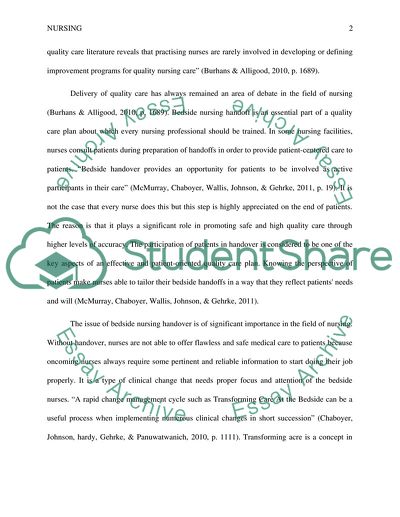Cite this document
(“The importance of bedside report to improve patient satisfaction Annotated Bibliography”, n.d.)
Retrieved de https://studentshare.org/nursing/1640573-the-importance-of-bedside-report-to-improve-patient-satisfaction-scores
Retrieved de https://studentshare.org/nursing/1640573-the-importance-of-bedside-report-to-improve-patient-satisfaction-scores
(The Importance of Bedside Report to Improve Patient Satisfaction Annotated Bibliography)
https://studentshare.org/nursing/1640573-the-importance-of-bedside-report-to-improve-patient-satisfaction-scores.
https://studentshare.org/nursing/1640573-the-importance-of-bedside-report-to-improve-patient-satisfaction-scores.
“The Importance of Bedside Report to Improve Patient Satisfaction Annotated Bibliography”, n.d. https://studentshare.org/nursing/1640573-the-importance-of-bedside-report-to-improve-patient-satisfaction-scores.


